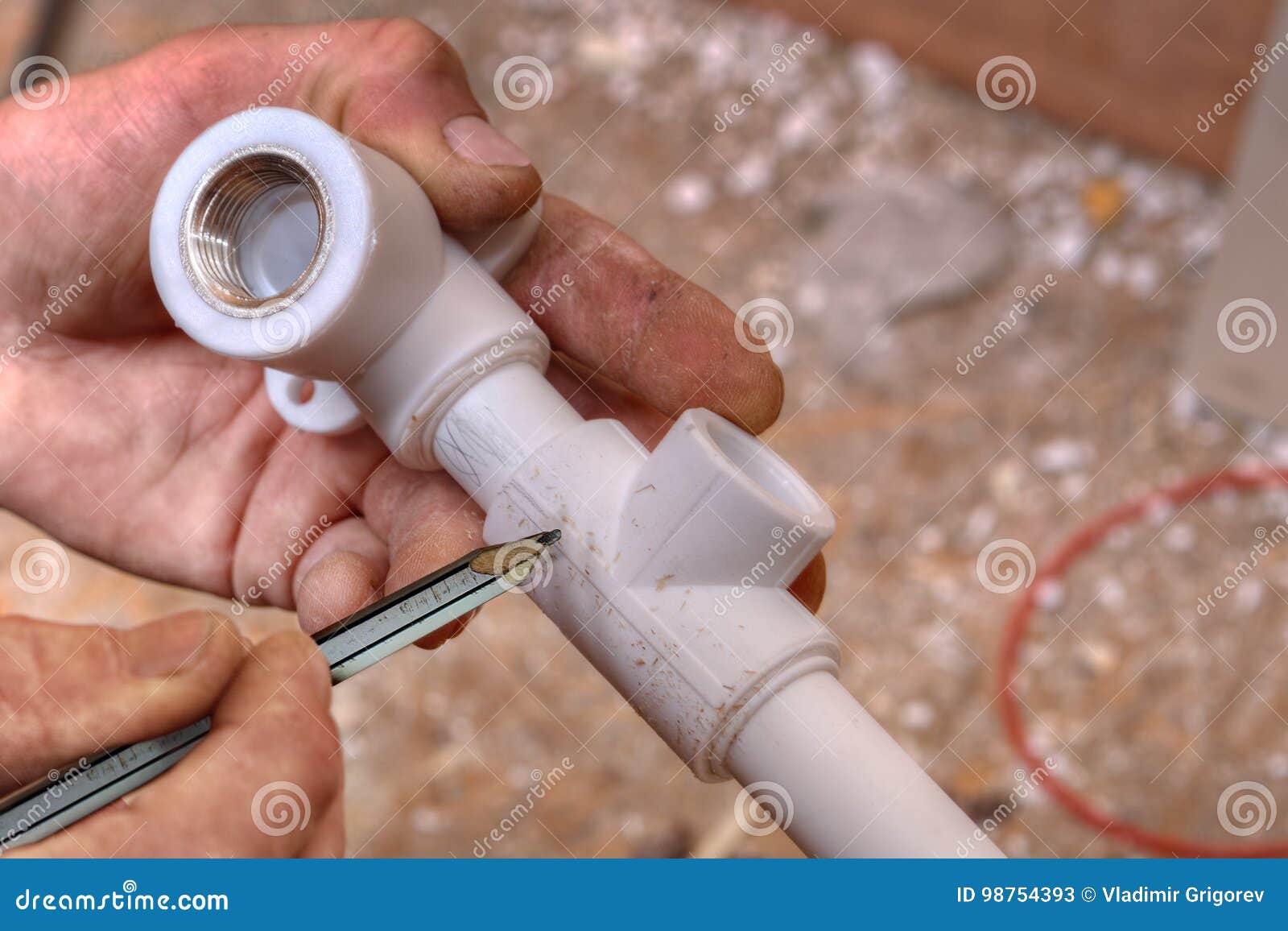Car Dealerships Intensify Fight Against EV Sales Quotas

Table of Contents
Financial Strain and Infrastructure Challenges
High upfront costs associated with embracing EVs are a major point of contention. Dealerships face significant financial hurdles in adapting to the new landscape. This includes the substantial investment needed in EV infrastructure. Key challenges include:
-
High upfront costs associated with EV inventory and necessary infrastructure upgrades (showrooms, charging stations). Stocking EVs often requires significant capital investment, exceeding that needed for gasoline-powered vehicles. Furthermore, upgrading dealerships to accommodate EVs necessitates installing charging stations, modifying service bays, and potentially even redesigning showrooms to showcase EV technology effectively. These upgrades represent a considerable financial burden for many dealerships, particularly smaller, independent ones.
-
Lack of government support for dealership EV infrastructure investments. While some government incentives exist for EV purchases, support for dealerships' infrastructure investments often lags. Dealerships argue that without substantial government grants or low-interest loans to cover the costs of installing charging stations and upgrading their facilities, they are unfairly burdened with the costs of facilitating the transition to EVs.
-
Concerns about profitability given lower margins on EVs compared to traditional gasoline vehicles in some cases. While this isn't universally true, some dealerships report lower profit margins on EVs, especially in the initial stages of sales. This, combined with the high upfront costs of infrastructure, squeezes their profit margins further. The competitive pricing of EVs also plays a role, leading some to worry about sustained profitability.
-
Uncertainty surrounding consumer demand and the long-term viability of EV sales. The market for EVs is still developing, and dealerships express concerns about the long-term viability of EV sales. Predicting future demand and managing inventory effectively is difficult, posing another risk to their financial stability.
Many dealerships argue that the financial burden of transitioning to EVs is unfairly placed upon them, without adequate compensation or support from manufacturers or the government. The lack of widespread charging infrastructure further exacerbates this challenge, hindering consumer adoption and reducing the appeal of EVs. This creates a vicious cycle: low consumer demand makes it harder to justify the costly investment in infrastructure, further stifling EV adoption.
Concerns about Consumer Readiness and Market Demand
Dealerships also express concerns about the readiness of the consumer market for the aggressive EV sales quotas. Several factors contribute to this skepticism:
-
Persistent concerns about limited driving range and charging time for EVs compared to gasoline vehicles. "Range anxiety" – the fear of running out of battery power – remains a significant barrier to EV adoption for many potential buyers. Similarly, longer charging times compared to refuelling gasoline vehicles discourage some consumers.
-
High initial purchase price of EVs compared to comparable gasoline-powered vehicles. While the total cost of ownership may be lower in the long run due to reduced fuel and maintenance costs, the higher upfront price remains a significant obstacle for many consumers. Government incentives can help mitigate this, but their effectiveness varies.
-
Lack of consumer awareness and understanding regarding EV technology and benefits. Many consumers lack a full understanding of EV technology, charging options, and long-term maintenance requirements. Increased education and outreach are needed to address this knowledge gap.
-
Skepticism surrounding the long-term reliability and maintenance costs of EVs. While EVs have fewer moving parts than gasoline cars, concerns about battery life, replacement costs, and the availability of qualified technicians for repairs remain.
Dealerships argue that aggressive EV sales quotas ignore the reality of the market. They claim that consumer demand isn't yet ready to meet the quotas and forcing the issue could damage consumer confidence and harm the overall automotive market. A more gradual approach, coupled with addressing consumer concerns, is crucial for sustainable EV adoption.
The Role of Government Regulations and Incentives
Government regulations and incentives play a significant role in shaping the EV market. Dealerships have mixed feelings about the current approach:
-
Debate over the effectiveness of current government incentives for EV adoption. While tax credits and rebates can stimulate demand, their impact varies across regions and income brackets. Some argue that the current incentives are insufficient to overcome the high initial cost of EVs.
-
Concerns about the impact of strict emissions regulations on smaller dealerships. Smaller dealerships often lack the resources to adapt to stringent emissions regulations and the transition to EVs as quickly as larger corporations. This creates a competitive imbalance within the automotive industry.
-
Calls for more balanced policies that consider the economic realities faced by dealerships. Dealerships are advocating for a more balanced approach that includes phased-in quotas, financial support for infrastructure upgrades, and more comprehensive consumer education programs.
-
The uneven distribution of government support across different regions and states. The availability of government incentives and charging infrastructure varies significantly across geographic locations, leading to inconsistencies in EV adoption rates.
Dealerships are calling for a more nuanced approach to government regulation. They believe that a balanced strategy involving a combination of incentives, infrastructure improvements, and gradual quota increases would be more effective and less disruptive to the industry. A collaborative effort is crucial to address the concerns around EV sales quotas.
Conclusion
The fight against EV sales quotas highlights the complex challenges facing the automotive industry during its transition to electric vehicles. Dealerships are expressing legitimate concerns about financial viability, consumer readiness, and the effectiveness of current government policies. Finding a sustainable solution requires a collaborative effort between manufacturers, government agencies, and dealerships themselves. Addressing the concerns regarding EV sales quotas is crucial for ensuring a smooth and successful transition to a more sustainable automotive future. Open dialogue and strategic planning are essential to navigate this critical period in the automotive industry and promote the widespread adoption of electric vehicles, while mitigating the negative impacts on car dealerships. Understanding the resistance to EVs and proactively addressing these concerns is paramount for a successful transition to a greener automotive sector.

Featured Posts
-
 A New Kind Of Podcast Ai And The Transformation Of Repetitive Scatological Data
May 28, 2025
A New Kind Of Podcast Ai And The Transformation Of Repetitive Scatological Data
May 28, 2025 -
 Bandung Hujan Pukul 1 Siang Prakiraan Cuaca Besok 22 4 Jawa Barat
May 28, 2025
Bandung Hujan Pukul 1 Siang Prakiraan Cuaca Besok 22 4 Jawa Barat
May 28, 2025 -
 Italian Open Sinners Path To Victory Alcaraz And Zverev In The Mix
May 28, 2025
Italian Open Sinners Path To Victory Alcaraz And Zverev In The Mix
May 28, 2025 -
 Indiana Pacers Mathurin Downgraded Kings Game In Jeopardy
May 28, 2025
Indiana Pacers Mathurin Downgraded Kings Game In Jeopardy
May 28, 2025 -
 San Diego Padres Toronto Series Preview And Predictions
May 28, 2025
San Diego Padres Toronto Series Preview And Predictions
May 28, 2025
Latest Posts
-
 Oscar Wildes Wife Constance Lloyd And The Price Of Genius
May 31, 2025
Oscar Wildes Wife Constance Lloyd And The Price Of Genius
May 31, 2025 -
 Katastrophenfall Am Bodensee Grossuebung Der Einsatzkraefte In Hard
May 31, 2025
Katastrophenfall Am Bodensee Grossuebung Der Einsatzkraefte In Hard
May 31, 2025 -
 Constance Lloyd The Untold Story Of Oscar Wildes Wife And Her Sacrifice
May 31, 2025
Constance Lloyd The Untold Story Of Oscar Wildes Wife And Her Sacrifice
May 31, 2025 -
 Rosita Sweetman Constance Lloyd Oscar Wildes Wife And The Cost Of His Fame
May 31, 2025
Rosita Sweetman Constance Lloyd Oscar Wildes Wife And The Cost Of His Fame
May 31, 2025 -
 Plumber Makes Odd Find In Homeowners Basement
May 31, 2025
Plumber Makes Odd Find In Homeowners Basement
May 31, 2025
